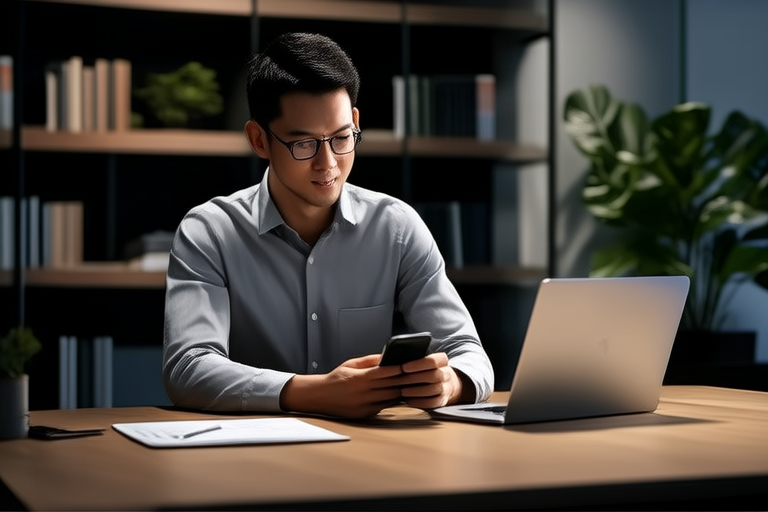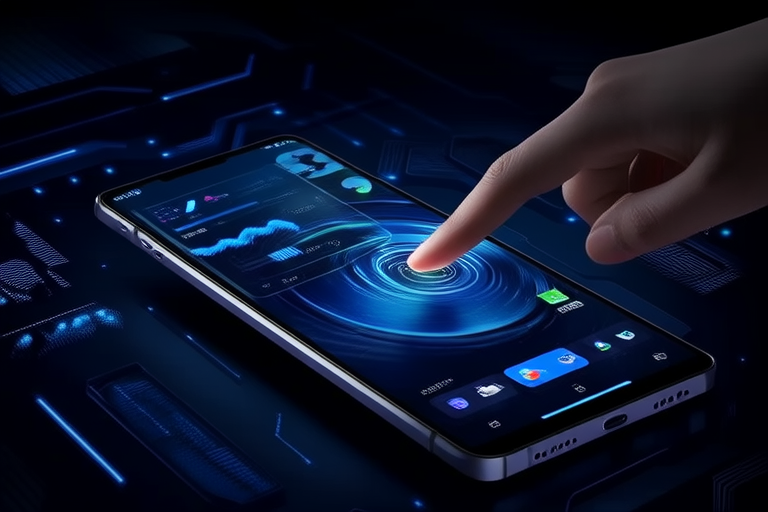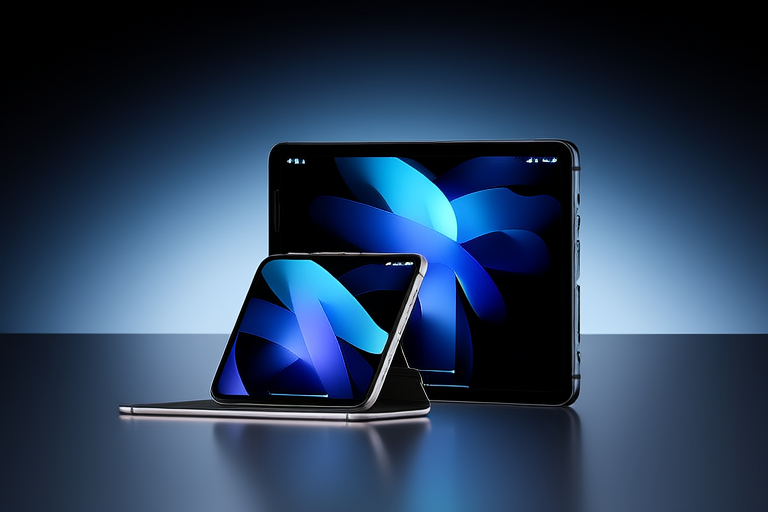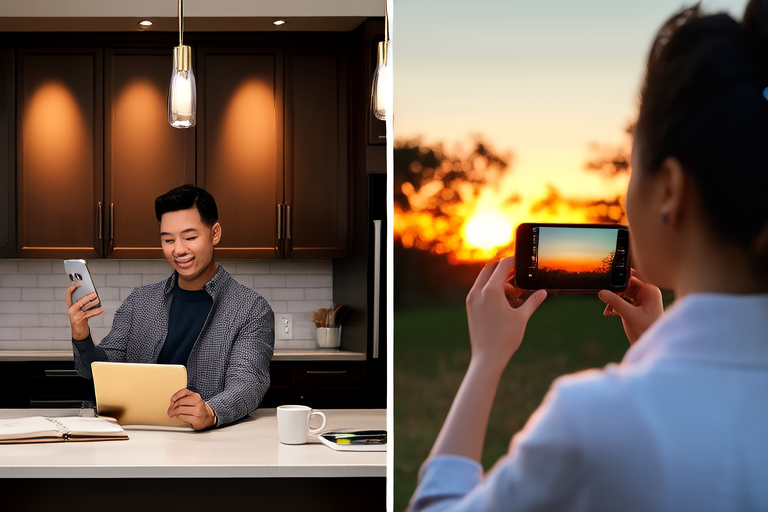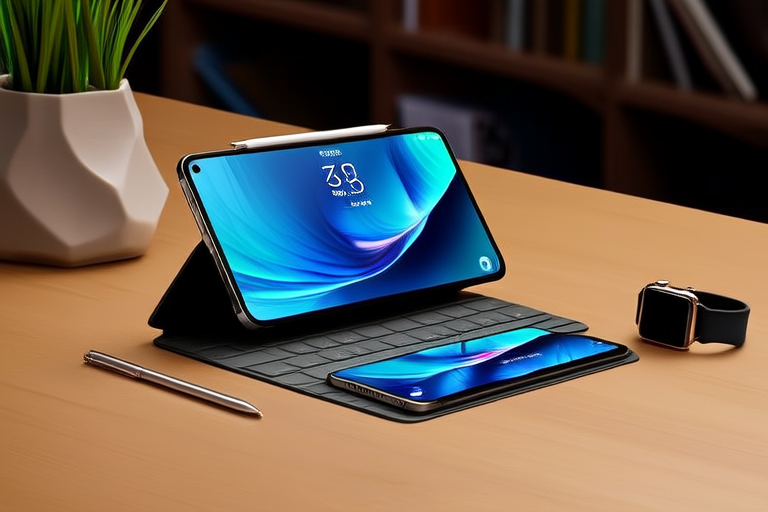Mastering Multitasking: The Ultimate Guide to Using Both Smartphones and Tablets Efficiently
Introduction
In today’s fast-paced world, multitasking is a necessity rather than a luxury. With smartphones and tablets becoming indispensable tools for both productivity and entertainment, it’s crucial to harness their full potential. However, many users struggle to balance tasks between these two devices, leading to inefficiencies and frustration.
This guide aims to help you master multitasking by optimizing your use of smartphones and tablets. By understanding the unique strengths of each device and employing strategic techniques, you can significantly enhance your efficiency and productivity.
Understanding Your Devices
Before diving into productivity tips, it’s essential to understand the key differences between smartphones and tablets in terms of hardware and software capabilities.
- Hardware Differences: Smartphones are designed for portability, offering smaller screens and more compact designs. In contrast, tablets provide larger screens and greater processing power, making them ideal for intensive tasks.
- Software Capabilities: Smartphones excel at handling mobile applications and providing quick access to essential features. Tablets, on the other hand, offer advanced multitasking features like split-screen mode and multi-window support.
Choosing the right device for specific tasks depends on personal needs and preferences. For instance, if you need to manage emails and make calls on the go, a smartphone might be sufficient. However, if you’re working on presentations or editing videos, a tablet would be more suitable.
Maximizing Productivity with Smartphones
To get the most out of your smartphone, consider the following strategies:
- Organizing Apps: Group similar apps together and use folders to keep your home screen clutter-free.
- Setting Up Widgets: Widgets provide quick access to information and actions. Place them strategically for easy use.
- Utilizing Shortcuts: Learn keyboard shortcuts and gestures to speed up common tasks.
Additionally, take advantage of built-in features like voice commands, notifications management, and quick settings. These can streamline your workflow and reduce time spent on repetitive tasks.
Third-party apps like Tasker, Automate, and IFTTT can further enhance productivity by automating routine tasks and integrating various apps.
Leveraging Tablets for Multitasking
Tablets offer advanced multitasking features that can significantly boost your productivity:
- Split-Screen Mode: Allows you to run two apps side-by-side, perfect for comparing documents or browsing while taking notes.
- App Pairs: Some tablets allow you to pair apps for more efficient multitasking, such as reading an email while replying to it.
- Multi-Window Support: Enables you to open multiple windows of the same app, useful for managing different projects simultaneously.
Customize your tablet interface to suit your workflow. For example, arrange your home screen and app drawer to prioritize frequently used apps and tools.
Syncing Between Devices
Synchronizing data between your smartphone and tablet ensures seamless task management. Consider the following:
- Cloud Services: Use cloud-based solutions like Google Drive, Dropbox, or Microsoft OneDrive to store and share files across devices.
- Email Integration: Set up email accounts on both devices to ensure you receive updates in real-time.
- Automatic Backups: Enable automatic backups to prevent data loss and ensure consistency across devices.
When choosing cloud services, prioritize those that offer robust security features to protect your privacy.
Balancing Work and Personal Life
Maintaining a healthy balance between work and personal life is crucial, especially when using both smartphones and tablets. Here are some tips:
- Set Boundaries: Define specific times for work-related activities and stick to them.
- Manage Distractions: Use apps like Forest or Focus@Will to stay focused and minimize interruptions.
- Stay Organized: Regularly review and declutter your digital spaces to maintain clarity and efficiency.
By setting clear boundaries and managing distractions effectively, you can ensure that your personal and professional lives remain separate yet balanced.
Conclusion
Mastering multitasking with smartphones and tablets requires a combination of understanding your devices, leveraging their unique features, and adopting efficient workflows. By following the tips outlined in this guide, you can enhance your productivity and satisfaction.
Experiment with different techniques and find what works best for you. With practice and persistence, you’ll be able to seamlessly juggle multiple tasks and enjoy the benefits of modern mobile technology.
